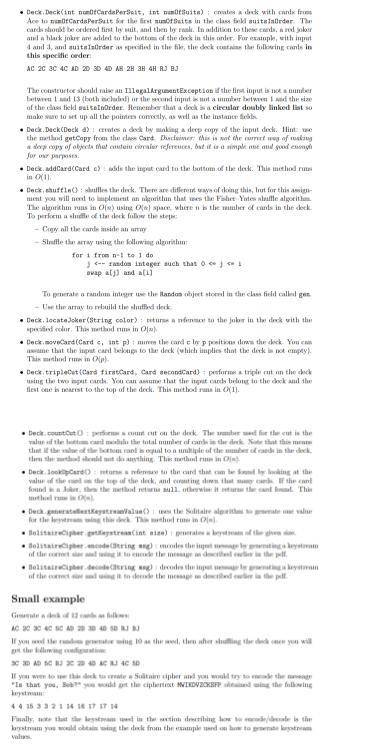Computers and Technology, 23.06.2019 19:00
Choose the correct citation for the case which established the "minimum contacts" test for a court's jurisdiction in a case. select one: a. brown v. board of education of topeka, 347 u.s. 483 (1954). b. international shoe co. v. washington, 326 u.s. 310 (1945) c. haynes v. gore, 531 u.s. 98 (2000). d. international shoe co. v. washington, 14 u.s. code 336.
Answers: 1



























